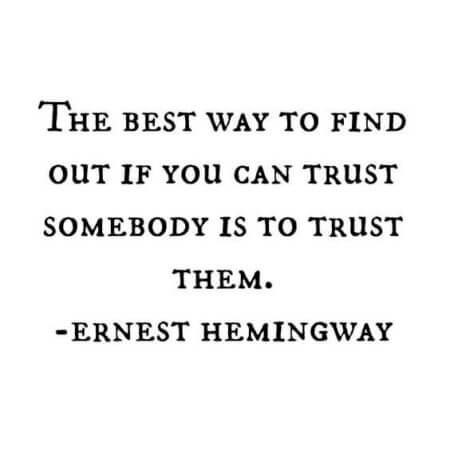
This week I had a wonderful mentoring call with someone who had moved from the start-up world to the corporate one. One thing they had become aware of was that, in corporates, they had to get used to the “distance between thought and action” in a corporate environment as in start-ups and other smaller / privately held businesses, the distance between thought and action tends to be shorter.
For many years I worked for a family holding company. Whilst we had many businesses in several countries, a) we embraced new ideas, and b) we made fast decisions once we had the information we needed. Allied with this, our culture was entrepreneurial, so we enabled risk-taking (within parameters and guidelines of course). We encouraged risk.
In many corporates, however, and particularly in the two decades that encompassed first the reaction towards global risk after 9/11 and then the financial risks post the GFC, the bias is very much to be risk-averse. The (often) unconscious result of this is a shift to organisations that actively discourage risk.
My friend Chris van der Kuyl talks about this, that the role of the Chief Risk Officer is to enable risk. Listen from 13:32 on during his appearance on #Whatcomesnextlive. If you lead a company and want to thrive and grow, listen to the few minutes where Chris talks about risk. His thoughts are wise and a potential game-changer for any organisation that recognises that the distance between thought and action has grown over time.
Yes, we are back again to that increasing distance between thought and action. All too often, the more an organisation grows, the dark side of the benefits of scale and process is that the distance between thought and action also grows, stifling risk-taking and so the ability to take opportunities in a timely fashion as well as to innovate. So, how can you address this?
One core thought is that in larger organisations the distance between thought and action is often bridged not simply by presenting facts and ideas, but by building and negotiating relationships such that ideas are trusted. Much of my work with clients in senior corporate positions is all about relationships. In addition,
I also reflect on my upcoming trip back home to Cayman where I will have lots of meetings with senior leaders and others to listen and learn about where they are. These conversations in Cayman often lead to the distance greatly reducing between thought and action for whatever they are working on. Why? Simply because I typically have deep relationships with the people I meet and so trust is already present.
Two closing tips to reduce the distance between thought and action, and both are simple:
- Have a “trust first bias” as “business moves at the speed of trust” (see earlier blog on Emotional Equations – The Trust Equation)
- Follow the advice of Hemingway, trust people. (see earlier blog here that goes into this with a case study)
